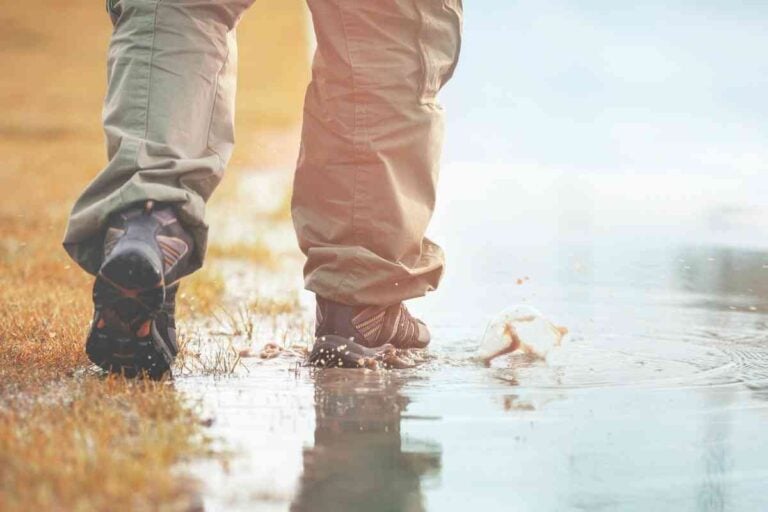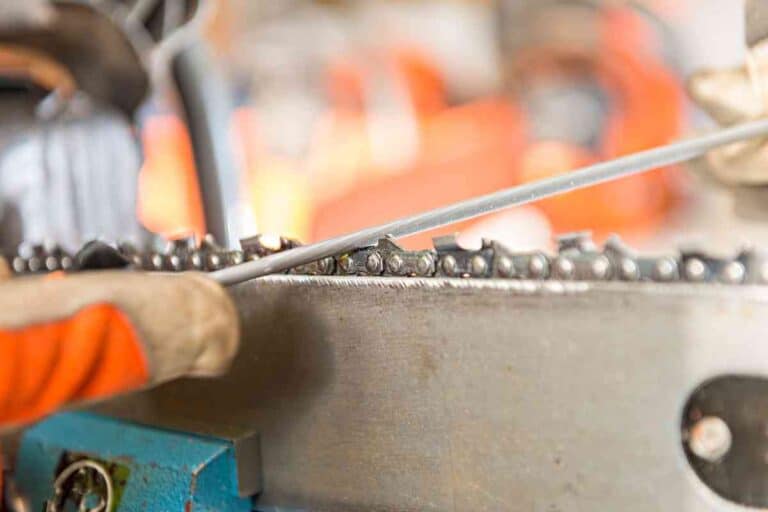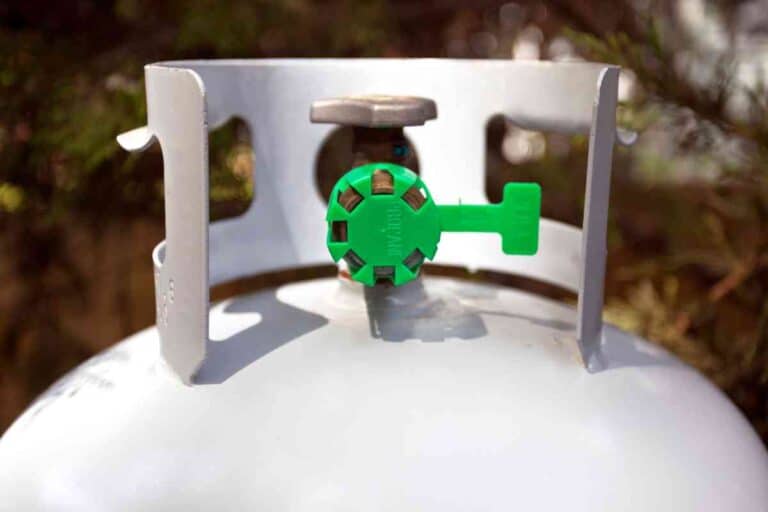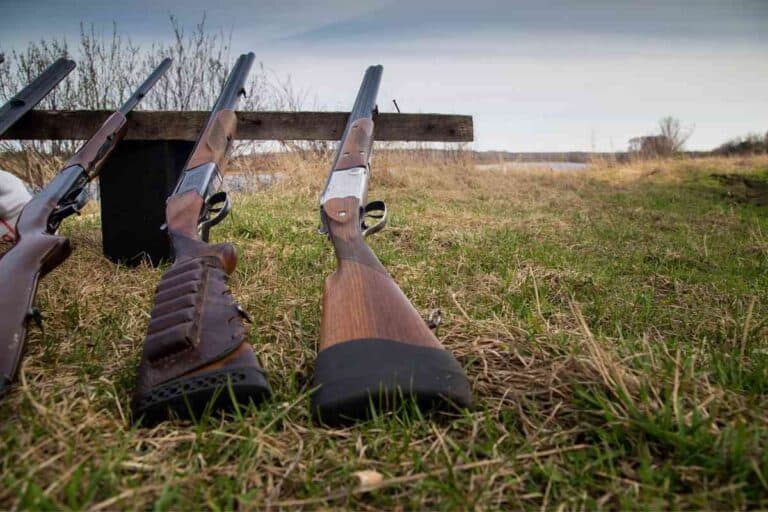What Is A Guyline And Why Do I Need One?
For anyone who has been wondering what a guyline is, these are pretty straightforward items, and are an important part of the camping experience.
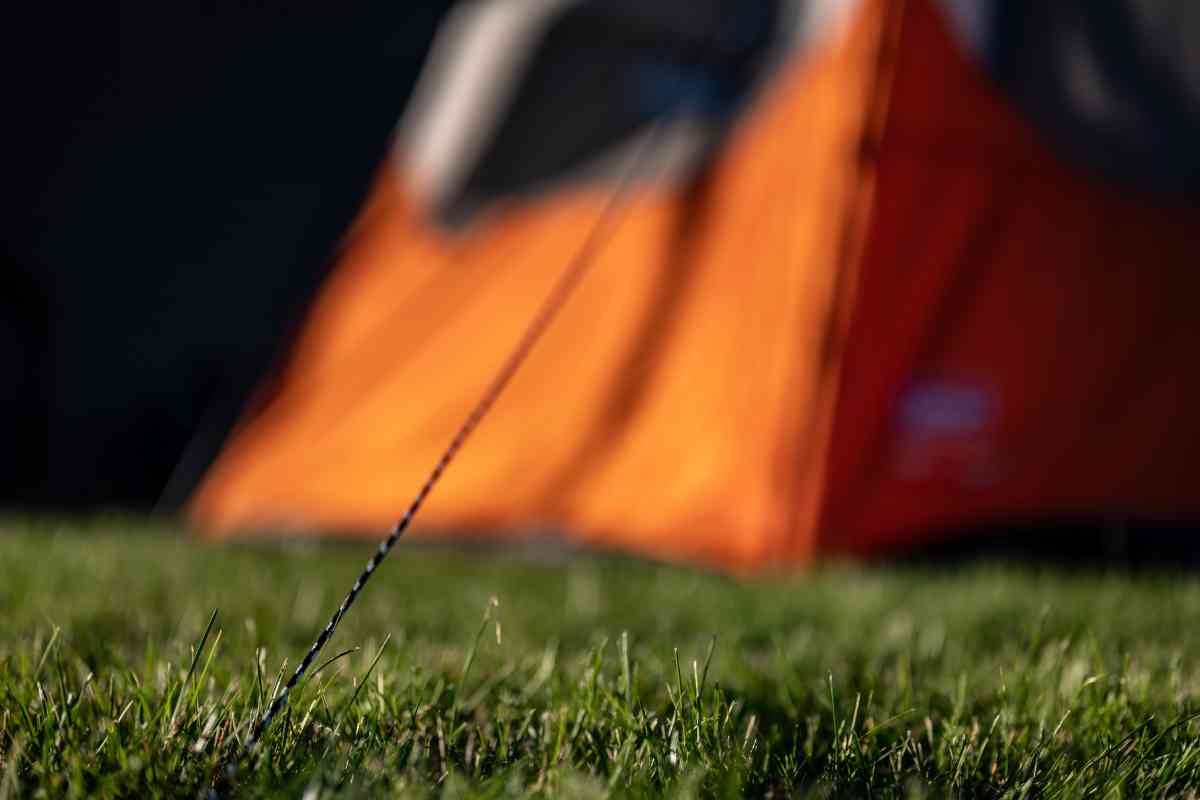
What’s a guyline?
A guyline is a rope that is usually attached to the rain flap and is used to keep your tent stable, keep the rain out, and keep the tent from blowing away when there are winds that could cause that to happen.
As someone who has spent many weekends camping, I can honestly tell you that sometimes the smallest, least obvious things are important for a good camping experience.
And while focusing on things like enough water, waterproof shelter and all the right s’mores fixings is important, little things – like remembering to have a guyline – can also make a big difference between your camping trip being a success or one that no one wants to experience again.
Guylines Explained
Guylines have been around for a long time. Whether it’s being used on a sailboat to help direct the mast, or whether it’s being used to support a utility pole to keep it from swaying, guylines are designed for the main purpose of adding stability to an otherwise free-standing device and keeping its integrity in place.
Think of it this way…a guyline is kind of like having a wingman. It makes sure that the structure it supports is able to do the job it was created for.
The word “guyline” originated back in the 18th century. It was used to include any sort of material that was used to help stabilize or anchor another structure.
“Guyline” was first used on ships. The vertical mast on a sailboat that is thinner than the others is called a Guyed Mast.
That mast needs support, and therefore it is believed that a rope, string, or other such material was used to guide and direct it.
Thus, the word “guyline” was created to refer to the material used to help support and stabilize the Guyed Mast on a ship. It’s clearly been a word that is part of our language for quite a while.
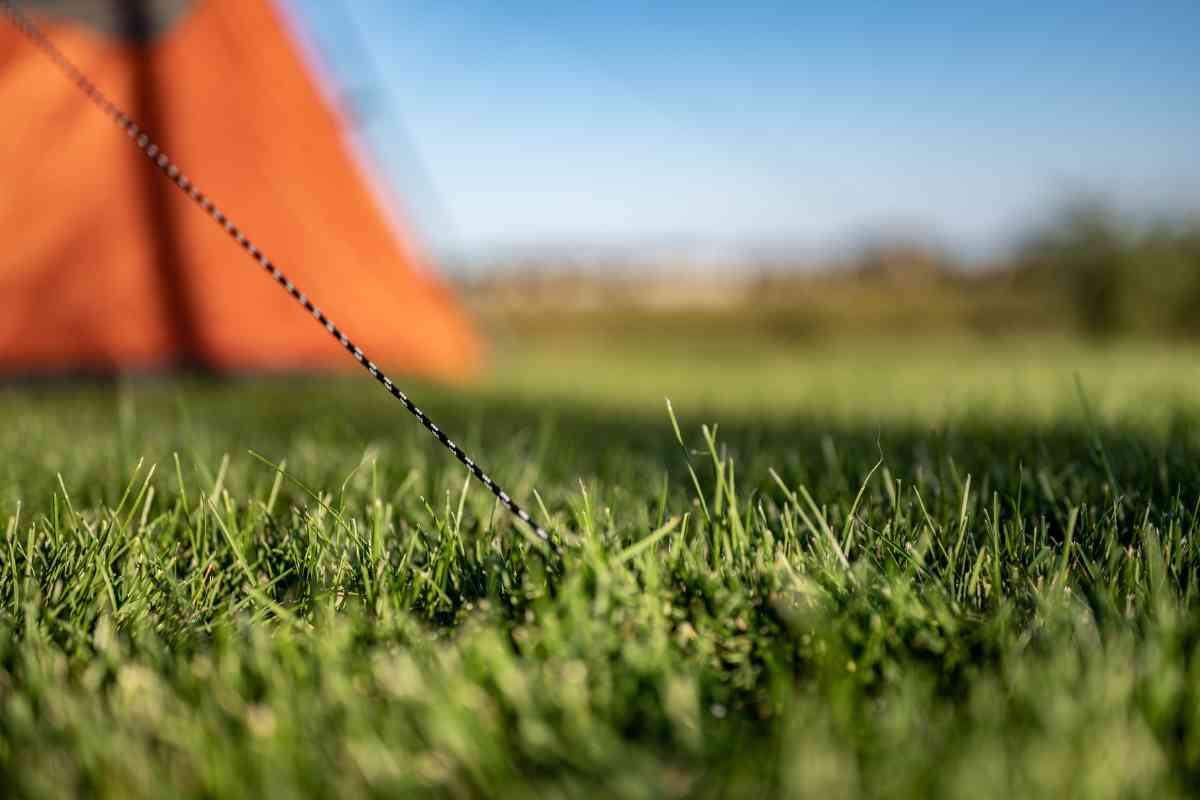
1. The Guyline is Usually Attached to the Rain Flap on Tents
Tents are awesome when it comes to having a temporary structure (or maybe more permanent one) that you can use for shelter and comfort for a day or two or longer, depending on your needs and situation.
One issue with tents, though, is that they are not the most reliable when foul weather decides to get involved in your plans.
Modern tents are designed to have many excellent features that make them ideal when confronting different situations that Mother Nature will throw at us. Most of them are waterproof, or at least water resistant.
That said, sometimes – in certain weather conditions – they may need a little help.
One of the best uses of a Guyline is that it can help you to direct and manipulate how your tent’s rain flap will handle the next time you find yourself in a rainstorm.
By attaching a guyline to your tent’s rain flap, you can help make it taut enough to keep any extra drops from entering your tent. And – if you find yourself in a super intense rainstorm, the guyline will serve as an anchor to make sure that rainflap stays intact.
This is why a guyline is so ideal on a boat. It literally helps anchor it during a storm.
2. A Guyline Helps Keep Your Tent Stabilized
Tents are not the most stable structures ever made. In fact, part of their charm and usefulness is that they are easy to assemble, care for, and eventually store.
This means that they are going to have to compromise a bit on structural integrity. Because they are temporary and super portable means that they may not always be the most reliable if a rainstorm or some other unexpected weather situation suddenly comes into play.
Having a guyline in a situation like this one can make all the difference in the world. Being able to secure your tent and stabilize it with a guyline will make everyone in your tent party feel significantly more comfortable, knowing your tent is grounded and secure.
Think about it this way…when Mother Nature is throwing something at your tent – like an intense wind gust, hard rain, or maybe even hail – it’s nice to know that your guyline is helping to keep everything structurally intact and that no matter what comes to pass, your tent is not going to move, thanks to that guyline you put in place.
3. How Do I Secure a Guyline?
Once you decide you need a guyline, knowing how to correctly secure it is going to be imperative to it working correctly.
Securing your guyline is pretty straightforward. The first thing you’ll need to do is make sure you have the adequate size and strength rope to be able to effectively do the job.
The type of rope you use will probably depend on your tent. A heavier, larger tent will certainly require a stronger guyline.
For significantly sized tents, you may even want to consider more than one guyline to make sure your structure is adequately protected and secured.
Next, tie the guyline to a part of your tent that will allow it to work effectively and won’t get in the way of your daily tasks.
Most guylines can easily attach to the rain flap that is usually located on the top of your tent.
If your tent doesn’t have a rain flap, consider attaching the guyline to another divot that is located somewhere near the top of your tent.
Once you’ve connected your guyline to one of the divots that are located on your rain flap (or other spot on the top of your tent) you’ll want to secure it in the ground next to the tent.
In order for a guyline to work at its top effectiveness, you’ll want to make sure you place the end of it no less than six feet away from the tent, pulling it taut when you do so.
The tauter the guyline, the more effective it will be when you need it.
Key Takeaways
- Guylines have been around for a long time, and the term is used to identify anything that helps keep a structure stabilized and grounded.
- Tents often need a guyline because their integrity is such that they are made to be portable, so certain elements may call for reinforcements to be used, such as a guyline.
- A guyline is a rope that is usually attached to the rain flap and is used to keep your tent stable, keep rain out and keep the tent from blowing away when there are winds that could cause that to happen.

